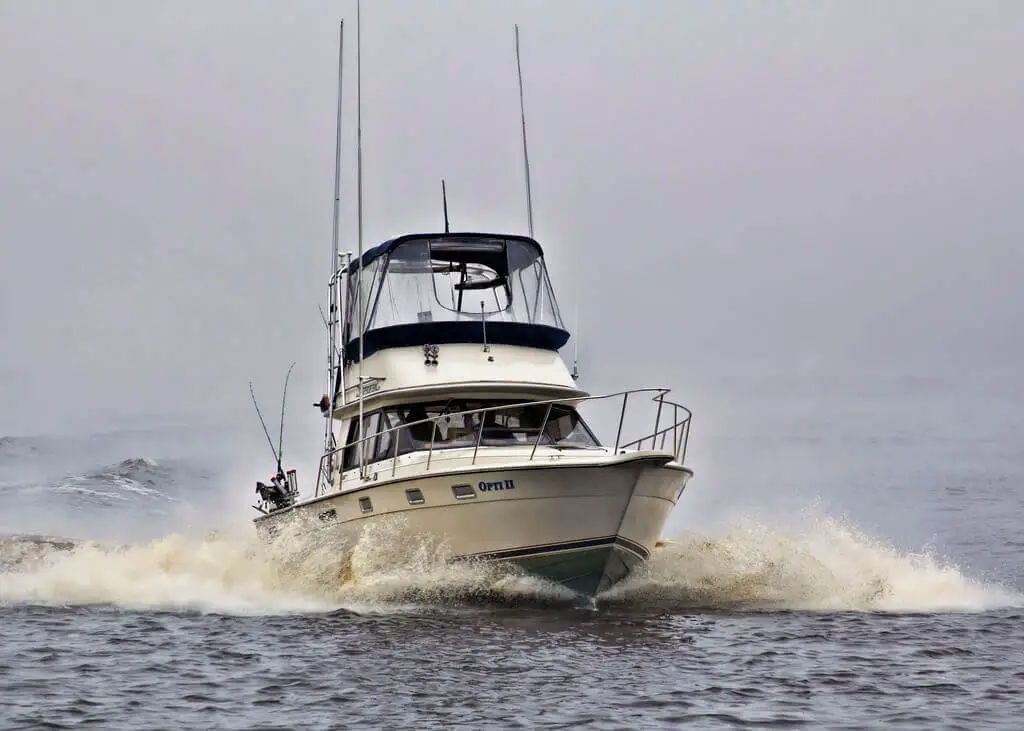The estimation of speed and knowing when to reduce speed when approaching a berth is not always easy and confidence can only come with experience. On very large ships, such as VLCCs, some guidance may be available from reliable doppler logs, but on many ships, a doppler log is not available. In any case, total reliance upon instrumentation is not wise and is no substitute for experience. A pilot jumping from one ship to another, sometimes several during one duty period has to develop a "feel" for the type of ship he boards and con "by the seat of his pants." Speed Many casualties are proven … [Read more...]
